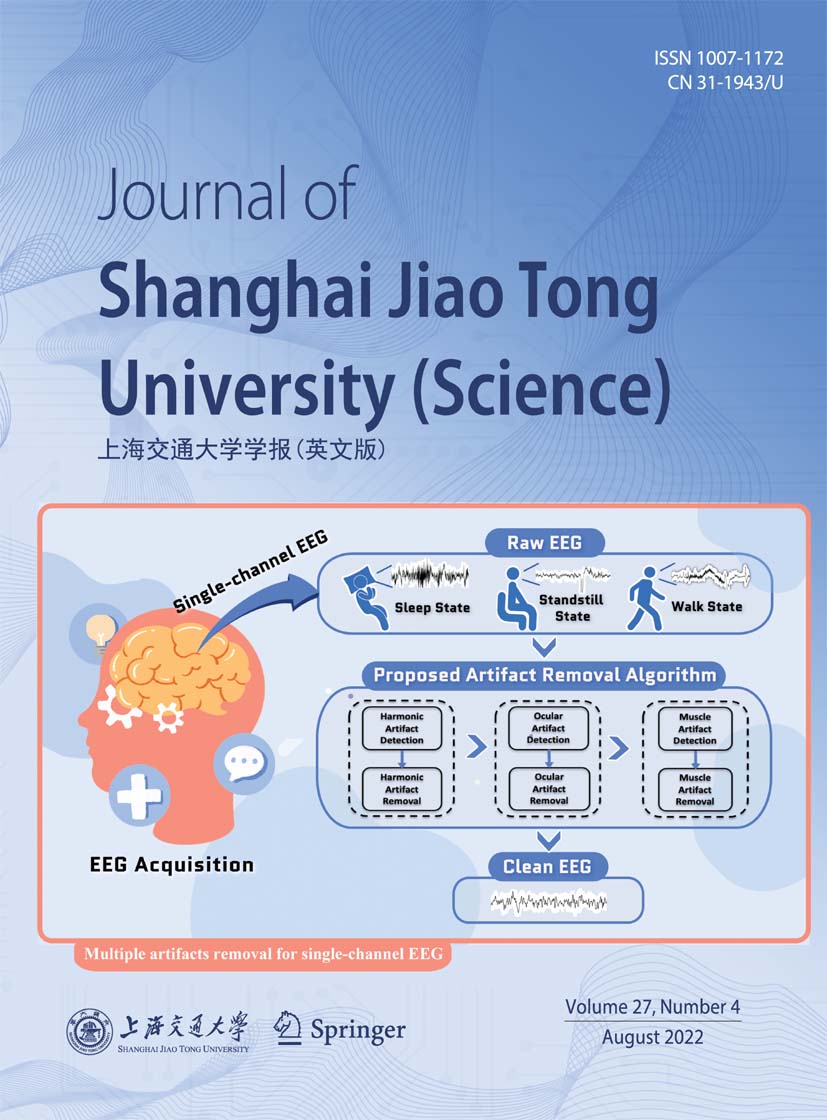|
|
Case Study of a Personalized Scoliosis Brace Based on 3D Printing
LU Dezhi 1,2‡ (鲁德志), LI Wentao1‡ (李文韬), WANG Xiaowen2 (王孝文), SONG Yan2 (宋 艳),
ZHANG Pingping2 (张萍萍), FENG Haiyang2 (冯海洋), WU Yuncheng1 (吴云成), XU Yuanjing3 (许苑晶),
LI Tao4 (李 涛), MA Zhenjiang1∗ (马振江), WANG Jinwu1,2∗ (王金武)
2022, 27 (4):
528-534.
doi: 10.1007/s12204-022-2461-2
We evaluated the effect of a new type of brace (primary material 3300PA) for treating scoliosis, which
was produced based on 3D printing technology combined with a non-contact optical mold-taking and computer-
aided design. Through the production of a brace for a 13-year-old patient with adolescent idiopathic scoliosis
by a multidisciplinary team, the digital design and 3D printing of a personalized scoliosis brace were introduced.
Parameters such as the Cobb angle, angle of trunk inclination, spine-coronal plane balance parameters, sagittal
vertical axis (SVA), and Scoliosis Research Society-22 score (SRS-22) were measured to evaluate the treatment
effect of the brace. The model-taking process of the non-contact optical scanner was successful, data were valid, and
personalized scoliosis brace made by the computer-aided design and 3D printing fitted well with the patient. Before
wearing, immediate in-brace, and 6 months after wearing, the Cobb angles were 29?, 9?, a n d 1 4?, respectively.
The offsets between the C7 vertebra plumb line (C7PL) and central sacral vertical line (CSVL) were 3.2 cm, 2.2
cm, and 2.1 cm, respectively. SVAs were 3.3 cm, 2.9 cm, and 0.3 cm, respectively. Apex vertebral translocations
were 4.3 cm, 0.3 cm, and 0.1 cm, respectively. The SRS-22 was 76 before brace application and 91 at the 6-month
follow-up. The spine curve returned to normal, and the correction effect was obvious. The scoliosis brace indicates
the integration between digital medicine and 3D printing technology, which has personalization and customization
as advantages. The brace has good wearing comfort, invisibility, and orthopedic function, follows the psychological
needs of teenagers, improves patients’ compliance, and improves the correction of the deformity.
References |
Related Articles |
Metrics
|

